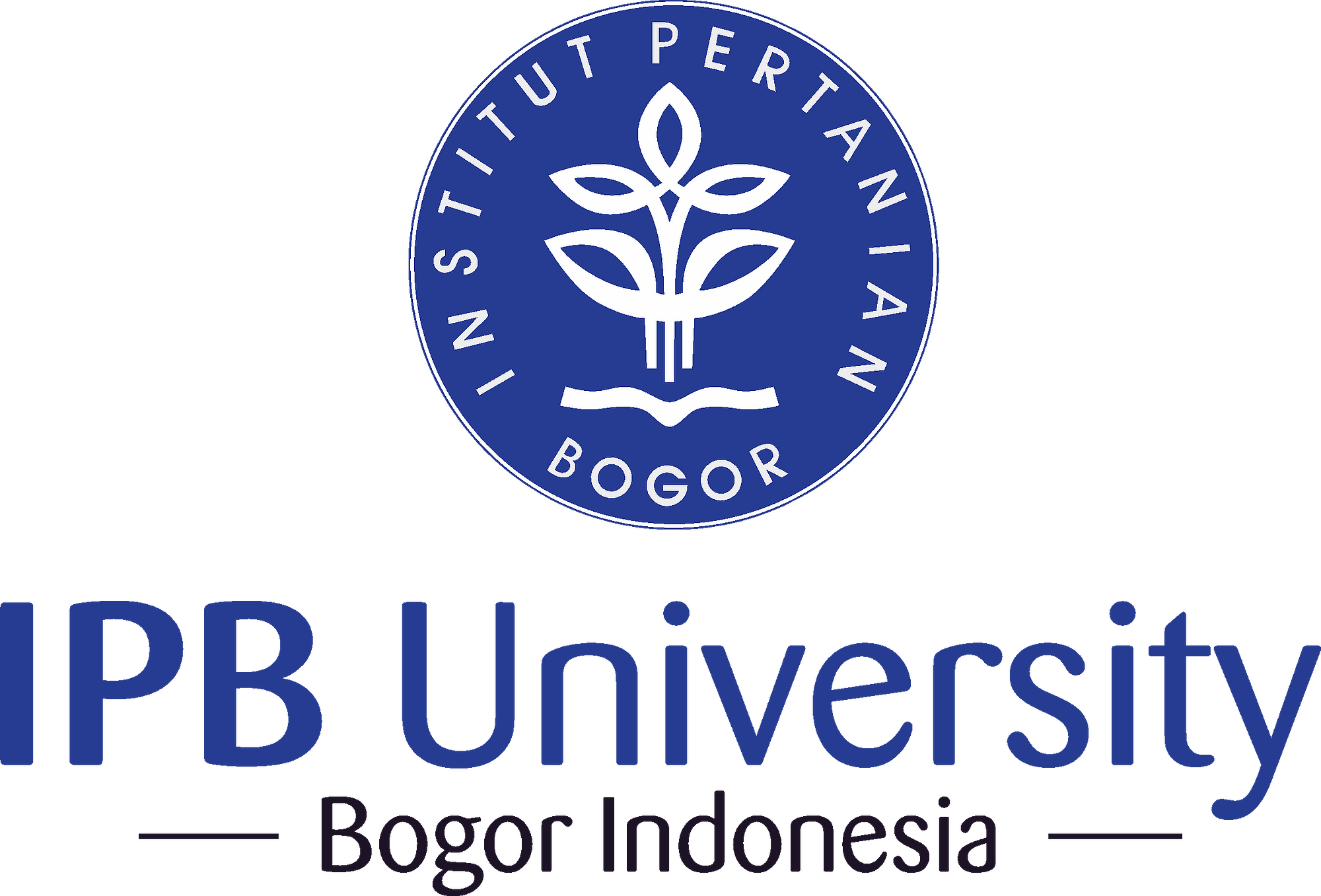Marka SSR Polimorfik pada Tetua dan Galur-galur Hasil Persilangan Cabai Tahan PYLCV
Abstract
Chili genotype (IPBC12 accession) has been known to carry a dominant resistance gene against PYLCV. It could be used as a gene donor for the assembly of PYLCV resistant chili varieties. PYLCV is one of the important pathogenic viruses in chili cultivation in Indonesia. Identification of polymorphic SSR markers in crossing populations between IPBC12 and Yuni variety was performed to obtain the markers that can be used for progenies selection and linked with chili resistance to PYLCV. A total of 20 SSR markers were used for polymorphis analysis on two parents, then the polymorphic markers were tested on F1 and F2 populations. The research obtained four polymorphic markers in the two parentals, and among these four polymorphic markers, three markers ( (CaBR61, CaBR64, and CaBR98) showed consistently polymorphic on segregated populations. Based on polymorphic marker analysis, 14 of F1 progenies were confirmed as breeding lines between IPBC12 accessions and Yuni varieties. The marker that consistently detects allele inheritance from both parents in the F1 progenies is CaBR61 which is a potential selection marker for F1 progenies. Marker analysis of the F2 lines did not found linked-marker with PYLCV-resistance trait. Further analysis is needed using sufficient and evenly distributed markers in the chili genome to map PYLCV resistance genes in breeding populations of IPBC12-Yuni varieties.
Keywords: Capsicum annuum, IPBC12 accession, marker-assisted selection, Yuni variety













